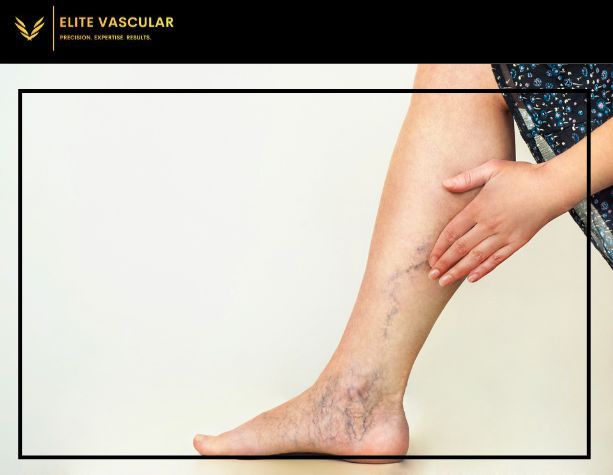- admin
- 0 Comments
Veins that can be seen through the skin may appear blue or green in color. The color of visible veins is often a source of curiosity or concern for people. Why do some people have blue veins while others have green veins? There are several factors at play, including skin tone, light absorption and reflection, vein size and blood oxygenation levels. In this article we will explore these factors to understand why veins appear differently colored.
The Role of Skin Tone
Skin tone is one of the main things that affect how you see your own or someone else’s veins. The reason why this happens has to do with what color your skin reflects and absorbs when light shines on it – here’s more about that:
Light Skin Tones
If you have lighter skin then chances are high that any visible vein will look bluish because short wave lengths like blue get scattered lots by our skin which has got many layers compared to shorter waves such as those from red lights.
Darker Skin Tones
On the other hand if you’ve got darkish looking skin then most probably you would notice them appearing green instead since melanin found inside darker pigmented skins causes different scatterings mixed together with yellowy colored fats underneath’s reflecting back off making them seem greenish rather than another shade altogether.
Light Absorption and Reflection
How light interacts with our bodies also plays an important role in determining what color we perceive a particular object or part of it to be – in this case veins versus other parts of body, here is a closer look at that:
Blue Veins
Reds are absorbed more strongly by skins than blues so if there was only one type (red) being reflected from outside world onto human skins everywhere except where there were lots of capillaries close enough together then they’d all appear reddish but since some parts let both kinds pass through unabsorbed while others only allow few short ones through we see them as blue.
Green Veins
Green light is known to penetrate deeper into our bodies compared to other colors, hence making it more likely that such reflections will come from inside us – either way what happens next has something do with fats underneath skin layers reflecting off together with scattering effects caused by melanin contained within dark skinned people’s skins.
Vein Size and Depth
The sizes and depths of veins under our skins also contribute towards their apparent colors:
Superficial Veins
Those which lie close to the surface appears blue because longer wavelength lights are able to travel through them thus most of those blue lights can be seen.
Deeper Veins
On the other hand those found deeper down may look greenish at times due to different levels of interaction between various layers including those containing capillaries, arterioles etcetera whose reflective properties vary depending on how deep each one lies relative to others .
Blood Oxygenation Levels
Compared with some factors blood oxygen concentration affects the appearance of veins in a less pronounced manner:
Oxygenated Blood
It is worth noting that when blood has got lots of oxygen it becomes bright red but still since human skin filters out most such wavelengths so they end up seeming bluish instead especially if someone’s got relatively thin or white looking skin.
Deoxygenated Blood
On the other hand blood which lacks enough amounts of air tends to look much darker than usual sometimes making them seem slightly greenish when combined with things like complexion type (lightness/darkness) and how lights bounce back off from different parts of body surfaces etcetera.
Other Influencing Factors
There are also several additional factors that can affect vein color:
Ageing Process
With time skin tends get thinner exposing underlying structures like veins which would have otherwise been hidden causing perception changes concerning their hue.
Genetic Predisposition
It is true that some individuals may have genetic traits which predispose them towards having thinner skins with more prominent vessels making their appearance seem different than those without such hereditary characteristics.
Body Hydration
When someone becomes dehydrated it affects the entire body including skins making these blood carrying tubes appear larger and darker hence modifying how they are seen by an observer.
Temperature Changes
As a person’s warmth level fluctuates so does width size as well as tone shade of this vascular network since contraction or dilation may occur thereby altering visibility and hue respectively.
Misconceptions Surrounding Vein Color
Here are some misconceptions and myths about vein color that need to be clarified:
Reflecting Health
Although sometimes it can signal health problems, the difference between blue and green veins is usually not taken as an alarm for worry because they represent natural pigment changes.
Blood Color
The color of your blood is not represented by the hue of your veins; all human beings have red-colored blood which varies in visibility owing to different levels of absorption and reflection of light within vessels.
In summary
Your skin pigmentation, how light interacts with it, the size as well as depth of veins beneath your epidermis together with their oxygen saturation level influence whether these vessels will appear bluish or greenish when viewed from outside through our transparent covering called skin. Therefore this variation should not be seen abnormal unless accompanied by other symptoms or signs suggesting underlying diseases which require medical attention immediately.
